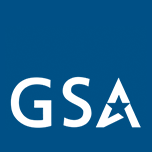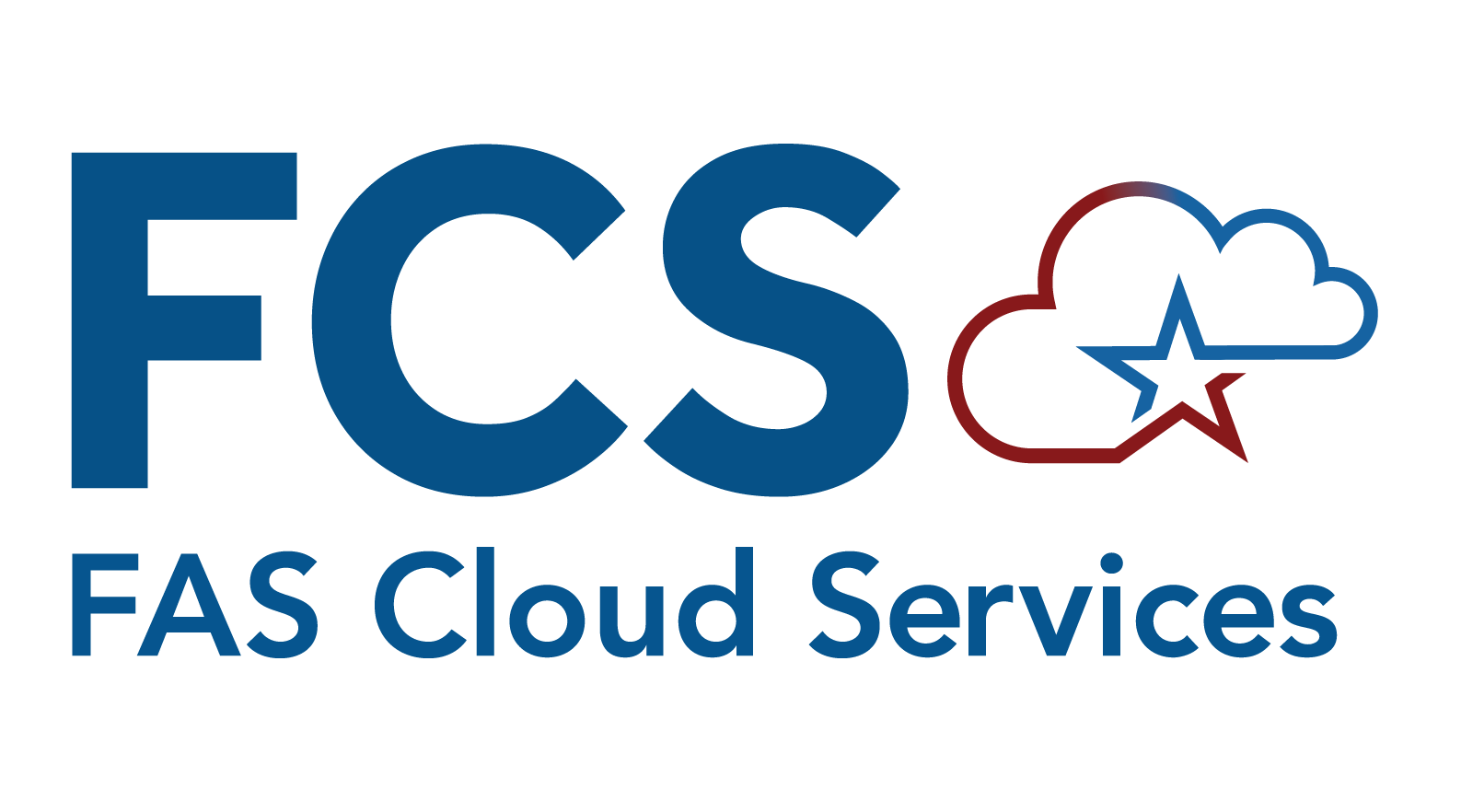UI/UX
Learn how the FSS19 Phase 3 Modernization team is putting users at the center of this migration effort to offer a premier experience.
While no business functionality will change as part of the initial FSS19 Phase 3 Modernization effort, users will see changes to the user interface (UI)/user experience (UX) — particularly for the transformed FSSOnline application as well as the reporting tool used as a replacement for URSA. By virtue of converting FSSOnline from a client-server desktop system to a MCaaS web-based system, the look-and-feel of the application will change.
UX Workflow: To reimagine the new FSSOnline application, the design team is following four key steps:
- Research & Discovery: Gather screenshots of current experience and develop an understanding of existing functionality. Assess the existing research and application documentation, conduct demos with application SMEs, and create FSSOnline sitemap/inventory of the totality of the system.
- Wireframing & Design: Develop wireframes using Axure and high-fidelity (“HiFI”) mockups using Figma. Conduct branding exploration, which includes creating logo concepts, exploring high-level design (e.g., style tiles, mood boards, specs), and defining common page templates. Develop a system-wide design system to componentize reusable assets.
- Cross-Check with Current Experience: Conduct thorough check with current experience to ensure all functionality is captured. This includes power user interviews, as well as numerous working sessions with FAS IT and the Business Line regarding the FSSOnline navigation, key procurement modules, and the new sitemap. The team is also currently validating business rules and acceptance criteria.
- Handoff to Development Team: Create development tickets in the team’s Jira backlog to start front-end development based on HiFi mockups. Use pre-defined applicable UI specs, including the design system and templates.
Throughout this process, the team will conduct thorough checks with the current experience to ensure all functionality is captured and conduct continuous usability testing (documenting changes within a UX-focused backlog). We hope to also conduct focus groups and surveys to identify areas for improvement.
UX Tools: The design team is primarily utilizing the following three tools to execute the workflow described above:



